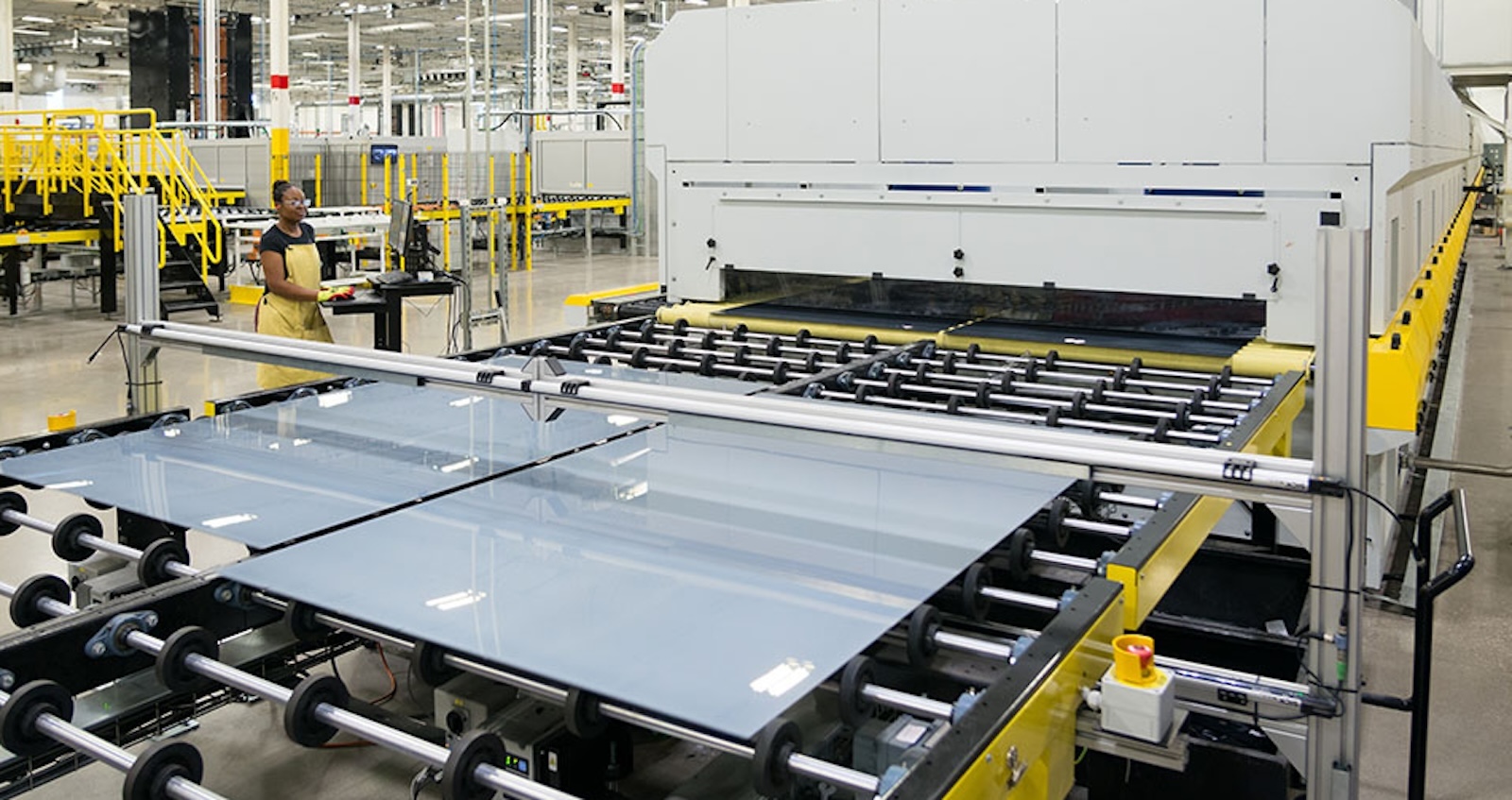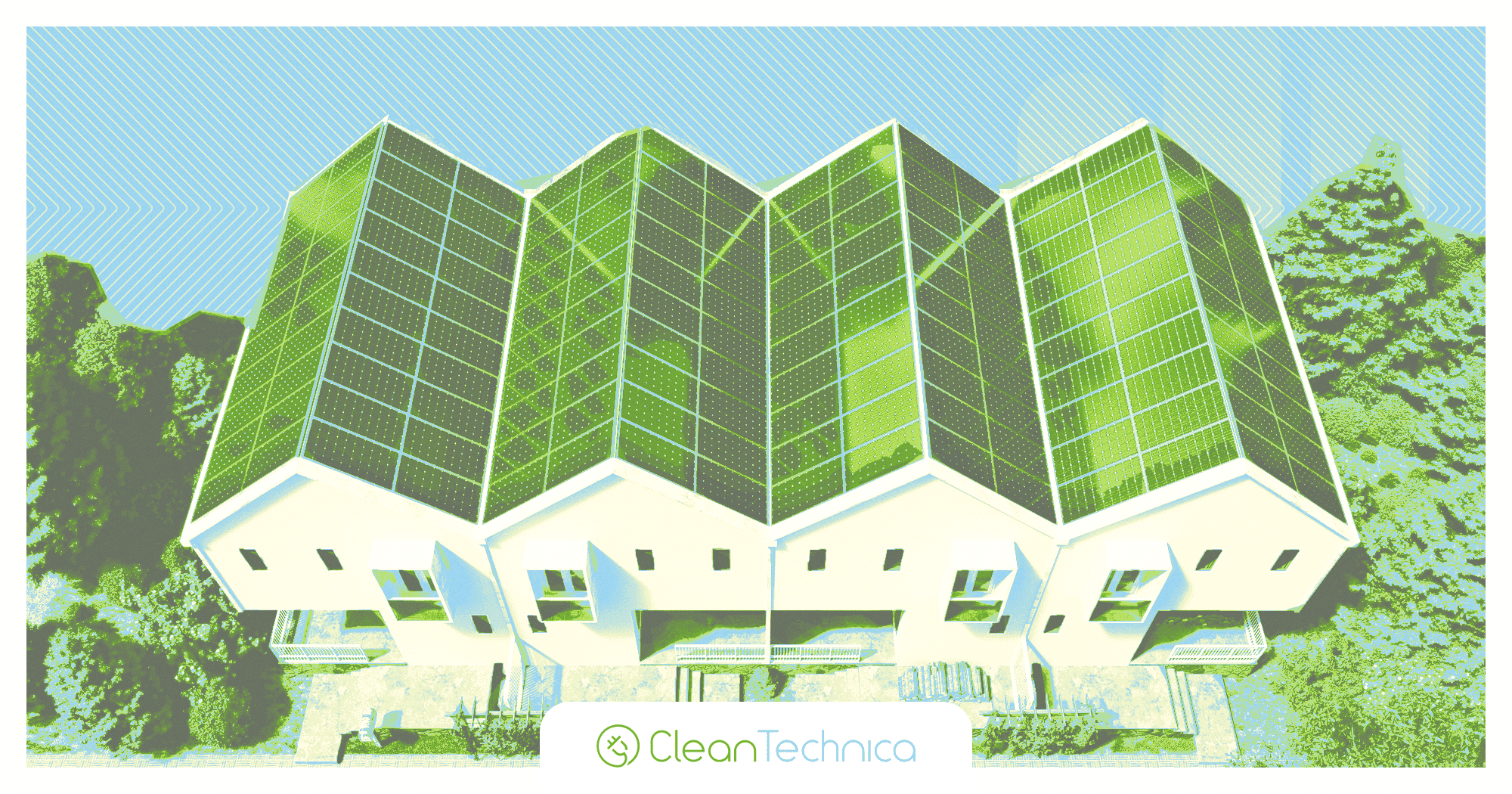U.S. startup unveils ‘world’s largest’ transparent organic PV window
Next Energy said its 101.6 cm x 152.4 cm laminated transparent power-generating windows were produced with its pilot production line.

Next Energy said its 101.6 cm x 152.4 cm laminated transparent power-generating windows were produced with its pilot production line.
California-based organic photovoltaic (OPV) start-up Next Energy Technologies has unveiled what it claims to be the world’s largest fully transparent organic PV window.
The 101.6 cm x 152.4 cm laminated transparent power-generating window was produced with the company’s pilot production line.
The window is built with a substrate, a transparent OPV layer, an edge seal, a busbar, a junction box and cover glass.
Next Energy uses automated slot-die coating manufacturing techniques to apply its proprietary OPV directly onto glass. The company’s coatings are laid on the glass, and a laser is used to scribe the OPV layer before laminating it. “Our highly refined process is a versatile deposition technique in which a solution is delivered onto a substrate via a narrow slot positioned close to the surface,” the company explained. Glass fabricators can add the slot-die process to their existing manufacturing capabilities.
“This milestone is further evidence to an industry hungry for a solution that our combination of OPV coatings and advanced manufacturing processing is working, scaling, and can be rapidly deployed,” said Daniel Emmett, Co-Founder, Executive Chairman, and CEO of NEXT. “It’s a proof point that builds high confidence in our path to enabling 152 cm x 304 cm [for] commercial production.”
Last year, the company demonstrated 68 cm x 89 cm OPV windows that were claimed to offset between 20% and 25% of the energy load of a typical commercial building, “The windows also absorb and convert infrared light, reducing the building’s heating, ventilation, and air conditioning (HVAC) demands,” the company said at the time.
What's Your Reaction?






























































